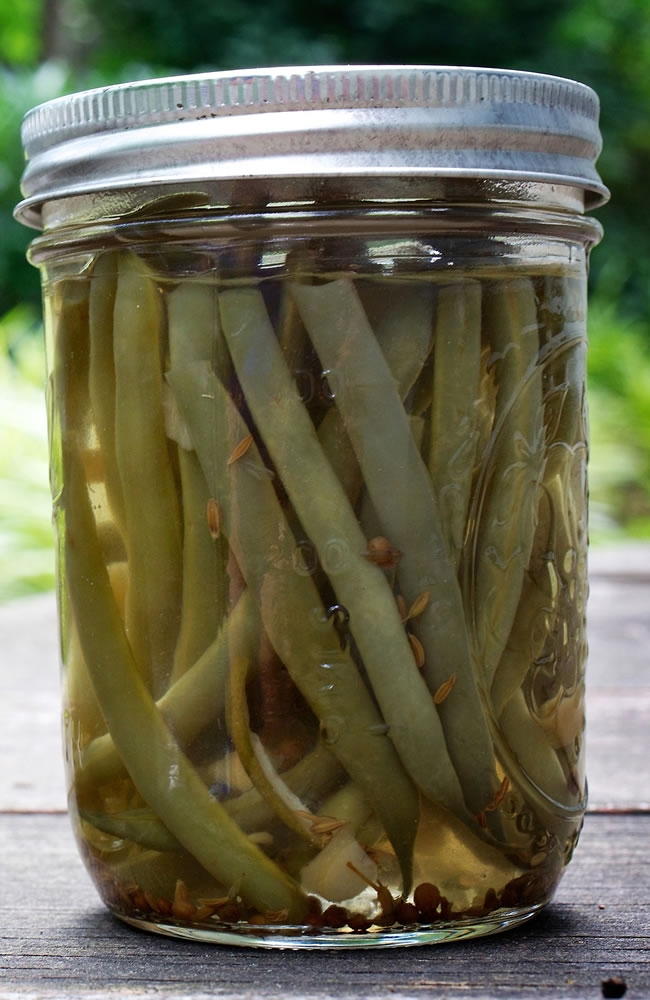Green beans, long and straight and crisp, are abundant in midsummer. Really abundant. Beans don’t ripen conveniently, with a pound available for dinner tonight and another pound next week. Instead, three or four pounds will be ready to pick one day and again the next.
Pickled green beans are not as assertive as cucumber pickles but rather are delicate and briny, with the flavor of the bean shining through. They are most frequently offered as dilly beans, the taste vegetal and garlicky. This recipe takes a cue from the cuisine of India instead, using cumin and coriander as the base for a snappy pickle that can jazz up potato salad or garnish a turkey sandwich.
Three ingredients can be found in any vinegar-based pickle: water, salt and vinegar. The water must be free of chlorine or the pickles will taste as though they went swimming at the local pool. Buy bottled water for the project or use filtered water.
Choose only kosher, pickling or fine-grain sea salt, as each dissolves easily. Iodized table salt can interact with vinegar and impart a metallic taste to the pickles.




